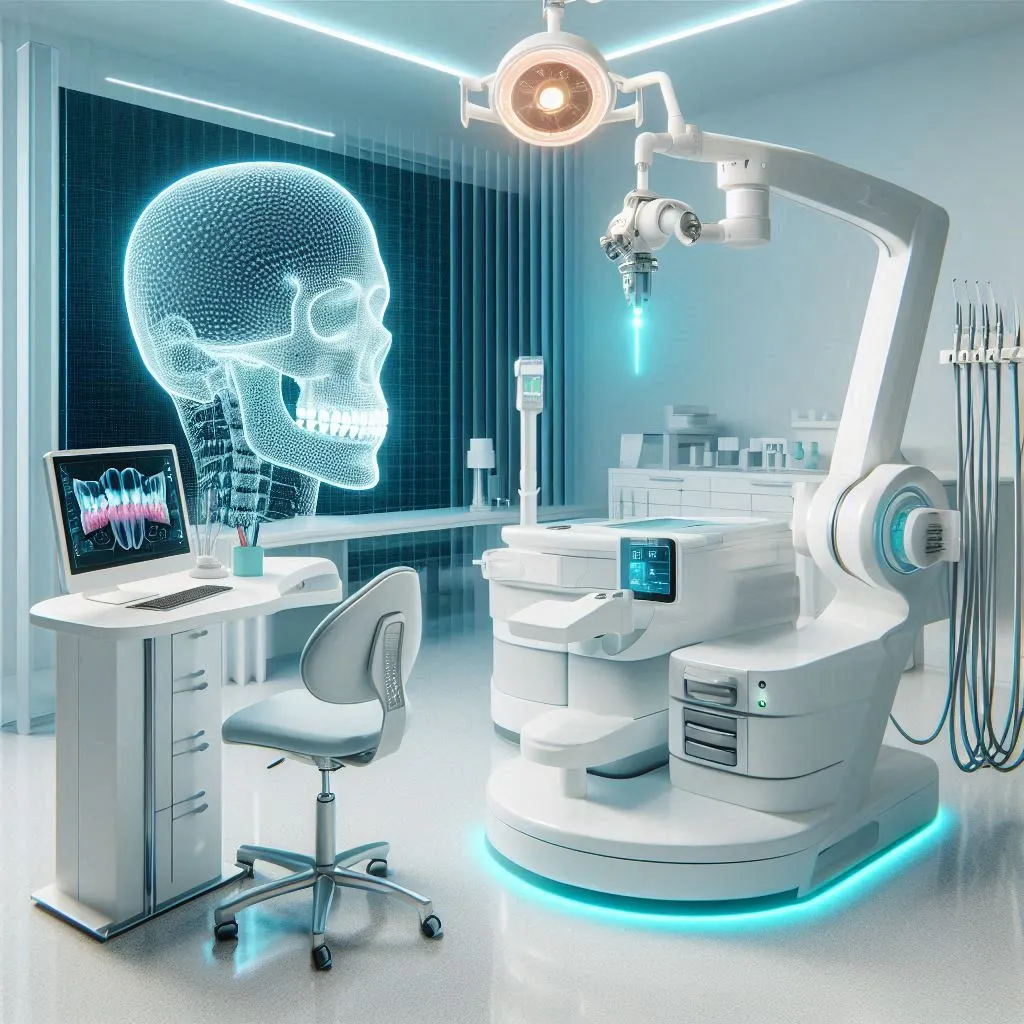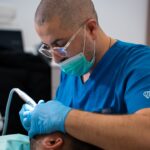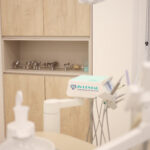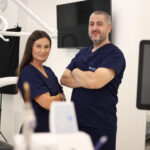
As in all fields, the use of modern technologies in dentistry has become commonplace. Their application not only eases the work of the dentist but also enhances patient comfort. The time needed for making prosthetic work is reduced, the number of visits is decreased, and the procedures themselves are more pleasant for patients.
Digital X-ray and CBCT
Digital X-rays are used to image individual teeth or smaller regions of the jaw. Besides faster processing of images and easier archiving, the biggest advantage is a significantly reduced radiation dose. CBCT (Cone Beam Computed Tomography) allows for three-dimensional imaging of the jaws and is used in more complex procedures requiring a detailed assessment of bone and teeth conditions (implant placement).
CAD/CAM Technology
The use of this technology has significantly improved the production of prosthetic work. The time required for production is reduced, and precision is greatly increased. Also, while the work is in digital form, it is possible to see what it will look like in the end, allowing for design changes (at the request of the dentist or the patient).
Lasers
The use of the latest generation of lasers enables the application of new methods, and many old ones have been improved. As these lasers have over 40 different programs, their application is wide-ranging. They are used in aesthetics (teeth whitening), the treatment of intraoral diseases (canker sores), endodontics (canal sterilization), and many other areas of dentistry.
Intraoral Scanner
Most people have gone through the process of taking an impression at some point in their lives. Whether taken for prosthetic work or for analysis for orthodontic therapy, the procedure is the same. The use of an intraoral scanner eliminates the use of trays and impression material that caused discomfort for patients. The entire process is simpler and more pleasant, and the results are more accurate.




